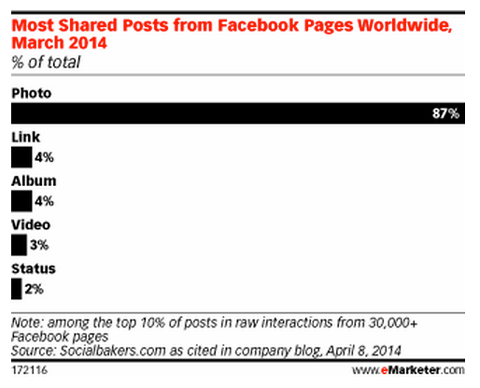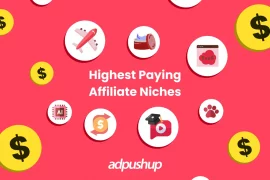The only 10 blogging tips you need to successfully create and distribute your content.
After reading approximately 1000+ articles on the various nuances of content marketing, I have come to understand that in order to create a successful blog which people will follow and respect (and which generates revenue), you just need 10 basic yet essential blogging tips.
These form the building blocks for other inbound techniques and tweaks. Meaning, the following pointers connect all the dots of a successful content strategy. And if you can just master these, then you are well on your way to become a successful blogger.
1. Consistency
What this entails is that there should be a fixed number of blog posts going out within a period of time. And once you have decided on that number then you need to stick to that frequency.
If you are just starting out then a good rule of thumb is to write a minimum of 2 blog posts per week and then work your way up from there. The frequency of publishing matters a lot because you are building reader expectations and those have to be met no matter what.
Even Google judges your content based on its regularity and quality. As SproutContent rightly points out:
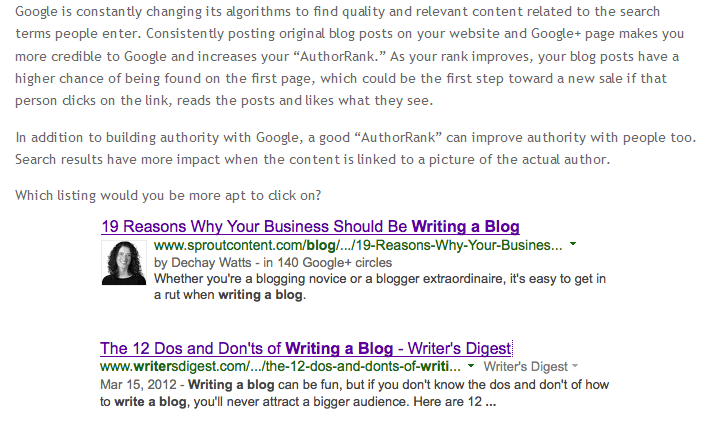
2. Write for your niche
A niche is a market space that is highly targeted and specialized towards a single business, industry or target audience. In order to maximize your profit and the relevancy of your content marketing, you have to make it extremely targeted.
This means that you write only for potential or current customers. This helps in cutting costs as well as getting results.
“I want to do one thing and do it well. Focus.” — Jan Koum
Grasshopper.com shared 6 examples of companies which have carved their own niche businesses and are making money too. I’m sharing two here, check out the complete list.
Anybots
Market Space: Businessmen who have to frequently travel and cannot be at more than one place at the same time.
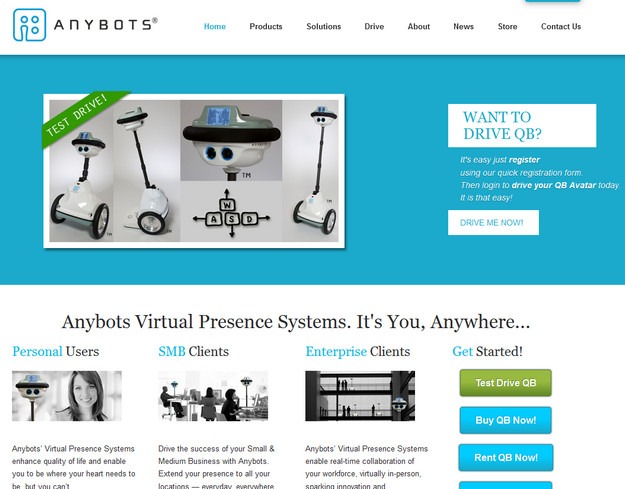
Bakon Vodka
Market Space: The unique flavor of bacon flavored Vodka.
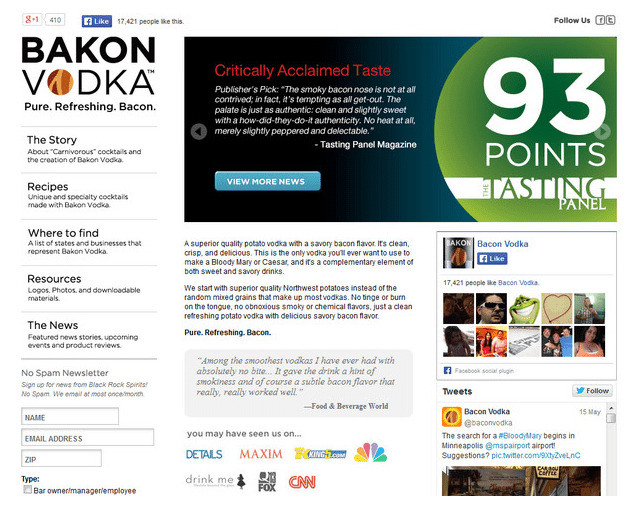
3. Diversity
Once you have built up a loyal following then it pays to help expand your reach. This can be done by making customized videos, images, info-graphics, slides etc., aimed at discovering opportunities (customers or a market gap) which cannot always be reached even through planned efforts.
In such a case, it helps to diversify your marketing mediums because these are quick to digest. If someone happens to be interested in your work or the product then they can reach out to you for a business proposition.
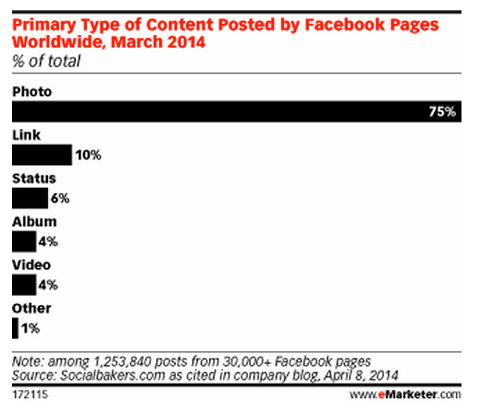
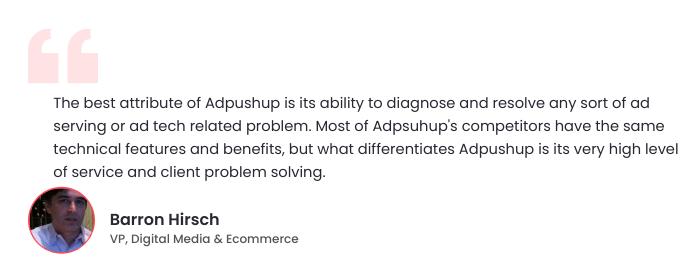
4. Quality trumps quantity
I’ll explain this to you in a unique way so that you understand what is at stake. Would you like to be pestered with 10 sales calls by a young salesman or 1 definitive practiced sales pitch by a seasoned veteran with sales outreach tactics mastered to perfection. The latter, right?
How does this equate to the point in question? As a customer, would you like to see four pieces of substandard may-or-may-not-be 1300-1800 word posts or one solid piece piece of 2200+ words article which actually informs you about stuff that is going to be helpful in solving your business challenges. The latter again, right!
Now, simply put, a great quality blog post contains all of the following:
- Clearly defined problems/examples/solutions
- Facts and numbers backed by research
- Filled with relevant images and videos
- Scannable (meaning it can be quickly read in a glance)
- Relevant content
“Quality is more important than quantity. One home run is much better than two doubles.” — Steve Jobs
5. Editing/Formatting
Your job doesn’t stop with just writing brilliant content. You have to make it readable too. The content should be presented in such a neat and orderly fashion that everything feels relevant, natural and flow-like. You can achieve this by strictly incorporating every one of the following points:
- Trim the fat:
Cut out all the prose. All the fluffy words. Every line in your post should be there for a reason. Scratch that, every line should provide some sort of information or value. If it doesn’t then it needs to go. Why? Because your reader’s span of attention is miniscule and should be treated as an opportunity. A standard elevator pitch is for 30 seconds which is face to face and nothing to distract the customer. Online, the attention span is one hundredth of that figure i.e 0.3 seconds. So in order to keep the reader hooked, you provide value in each line so that their attention doesn’t wander.
- Spelling corrections:
Nothing is as unappealing as grammatical mistakes. Why? Because it just means that you don’t take enough pride in your work to check it for corrections. Slight grammatical mistakes can be overlooked but not spellings because they get especially highlighted to alert you and all that is then required is a single button to correct them immediately. One thing you don’t want your customers to think is that you are careless because the way the human mind works is “if he makes such a careless mistake here then how can I trust him with my business or money there”?
- Layout:
Meaning the blog’s layout and design should feel open and uncluttered. Here’s how to go about optimizing your website for best readability.
- Lists and bullet points:
In order to better represent data, lists and bullets are needed. They help in organizing and segmenting the post.
- Headlines:
Headlines are to a blog that trailers are to a movie. No one will want to read your blog if the headline is not catchy enough. You have toiled all day or all night to write an amazing post but if people are not motivated to open it due to a dull headline then all this effort was for naught.
“A great headline mixed with a lame opening is like inviting someone into your house, only to slam the door in their face as they approach.” — Brian Clark Your headline should ideally hook the viewer immediately so that he/she feels an urgency to click on it to find out what it entails. Here are some scientifically backed methods to write headlines that get more clicks. - Italics, bold, underlines:
again, these are needed to highlight points and better organize the points. Italics are usually used when quoting someone or to exclaim or differentiate context. Bold is used to highlight a point of interest. This helps if the reader does not have time and skips through the content; he/she can still see the main points and get the gist of the copy. Underlines are normally used on headings or to highlight a sentence fragment even more. All 3 of these are typography tools categorized under ‘Emphasis’.

- Label photos and videos:
Many people forget to do this while including them in the content thinking that the user will interpret the reason for that photo. Wrong. You have to label everything so that it becomes easier for the reader to understand what it is without even seeing the content around it. Why? Because users might (and are most likely to) just skip the text and quickly scan through the images; because the human brain assimilates visual information faster.
- Enter a crisp bio:
Your bio should encompass within two sentences what you do and where can people reach you. That is it. If you are in the mood for some fun then you can add a quirky or humorous line in the end to show that you are a professional but you still know how to let your hair down once in a while.
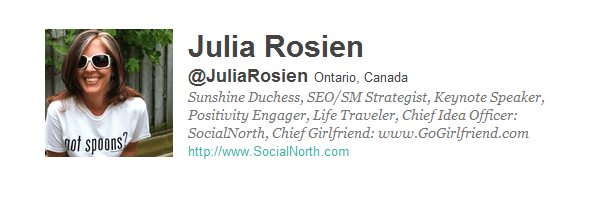
6. Story-Telling
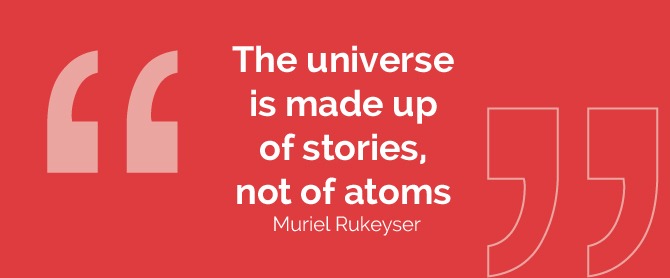
Is the art of personalizing a copy by telling a story where the hero starts with a problem which cannot be defeated because of lack of skill. How he trains himself and gets better to eventually uproot the problem, save the day and share the moral of the story; that is what fables are made of. Sounds familiar?
Like our previous detailed post on story-telling explains:
“One thing that stories do and have been doing since time immemorial is providing an experience. Whether it is excitement, humor, education, fear, or even horror, stories provide an experience for the reader, viewer, or listener. This is precisely why stories have such power over the human mind. Stories are the reason why certain things become etched in our minds. You will always remember your first bike accident, your first job, your first kiss, your first child, your first car, and many other firsts simply because those experiences are based in stories that were unique.”
7. Social Networking
One of the most powerful and free tools that a content marketer has under his/her belt is the access to traffic that comes via social networking. We call it such because, plainly speaking, you are reaching out to people who have the same interests as you and who will find your content relevant to their needs.
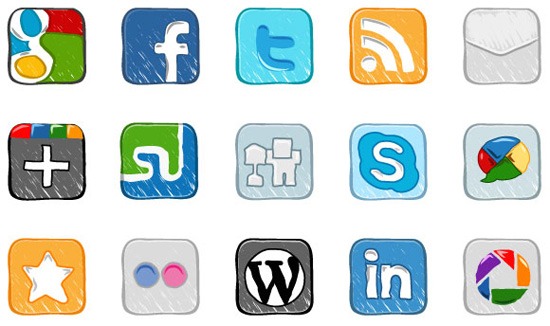
The fundamental idea is that if someone finds it useful then they will share your posts with others and then those people will share it further onwards; essentially creating a network. The brilliance of this all this? There is no cost to social networking except how much you spend while creating the copy.
The more time you spend connecting with people and helping communities, the easier and quicker it will become for your content to spread and convert readers to customers.
8. Collaboration
Here, I do not mean in-house collaboration; employees working together on a blog post. I am talking about you connecting with other authors or popular bloggers in your niche to come up with a collaborative post.
The first benefit of this is that collaborating with a popular blogger helps with elevating your reputation too if you are relatively up and coming. The second benefit of collaboration is that your content is distributed among your collective subscribers thereby getting greater exposure, views and shares.
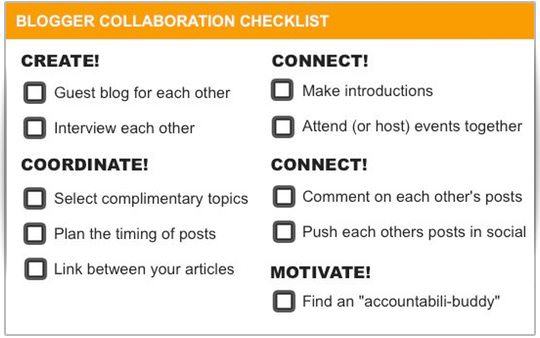
Andy Crestodina over at ConvinceandConvert.com made a short and brilliant 10 point post for blogger collaboration.
9. SEO (Search Engine Optimization)
It basically means that how can you increase the visibility of your blog to a group of non-paid or organic traffic which comes from search engine results.
I won’t pretend to be an expert on SEO because truthfully I’m not. But I’m an expert at researching so I’m listing the best tutorial links at the end of this sub-point which can teach even a 13-year-old how to optimize keywords for search.
However, I do want to bring to your attention something which I’ve personally wanted for quite a long time and which Google’s ever evolving algorithm is shifting towards. It is this nifty little thing that Google search now concentrates on giving accurate results around “ideas” rather than just keywords.
The Google HummingBird Wikipedia page has this to say:
“While keywords within the query still continue to be important, Hummingbird adds more strength to long-tailed keywords — effectively catering to the optimization of content rather than just keywords.
Webmasters will now have to cater towards queries that are asked naturally; with the growing number of conversational queries — namely those using voice search, targeting phrases that start with “Who, Why, Where, and How” will prove beneficial towards SEO.
The use of keyword synonyms have also been optimized with Hummingbird; instead of listing results with exact phrases or keywords, Google shows more theme-related results.”
Why does this concern you? Because me and a lot many SEO experts agree that this is the future of SEO – to write brilliant content around ideas rather than keywords.
Here’s the definitive list that you need to accomplish the above:
- SEO: The Free Beginner’s Guide From Moz
- SEO: A Comprehensive Guide for Beginners – KISSmetrics
- Search Engine Optimization Starter Guide – Google
10. Outreach
Means that you send an email to a blogger or an influencer saying that you have mentioned them (or their blog) in one of your posts and that you request them to share it with their followers.
Now this might seem as unnecessary and feel as if you are bending down to someone else, but here’s the catch — it actually works. People trust independent bloggers and publishers more because they have no agenda or profit behind sharing something except that it is incredibly useful.
Influencers are not bound by a company or a government body. They advice and share only what they feel is right based on their experience and which is why their unbiased opinion is highly valued.
Here’s InkyBee’s comprehensive E-book to help you with Blogger Outreach.
11. Promotion (Bonus tip)
I’ve put promotion in the end because I wanted to play a little game with you, if you would care to indulge me.
Take ten seconds to review all the above main points that I have mentioned in this post. Here they are in the same order as they appear from the top.
- Consistency
- Write for your niche
- Diversity
- Quality trumps quantity
- Editing/Formatting
- Story-Telling
- Social Networking
- Collaboration
- SEO (Search Engine Optimization)
- Outreach
See what I mean? If you have effectively done all the above then you have already promoted your blog. There was no secret ingredient to it. If there was then it would be to keep on executing the above 10 points.
However, having said that, I still have a few more brilliant links below which will introduce you to some other tips and tricks of promotion that are used by the best in the business:
- How To Promote Your Blog With Content That Will Grow Your Traffic, Links, and Shares – Problogger
- How to Promote Your Blog Post to Get 1,000 Shares
- 3 Steps to Promote Your Blog on Pinterest and Facebook
Now, while there are many other tweaks and techniques to amass a following for your blog; the above 11 blogging tips are the roots that connect all of them. Once you have the blog posts effectively sorted out, you can then concentrate solely on increasing more subscribers for your blog.
Oh and while we’re at it, it pays in the long run to understand why visitors are leaving your blog.
If you feel that there was something that I missed out on but is nevertheless critical to anyone who is starting a business blog then please share it in the comments. I will elaborate on it and add it in the above list along with the credits to who shared it
Cheers and stay safe.
FAQs
A blog is an online publication that includes writing, photography, and other forms of media. Since blogging began as a way for individuals to keep a diary, it has been incorporated into many businesses’ websites.
Bloggers create, edit, post, and promote their web pages or websites. In addition to generating and pitching ideas, they compose and edit posts, market them to readers, and conduct research.
Blogs that provide regular, relevant content are generally viewed as good blogs. As long as it somehow enriches readers’ lives, it can be informative, newsworthy, and/or entertaining.

Shubham is a digital marketer with rich experience working in the advertisement technology industry. He has vast experience in the programmatic industry, driving business strategy and scaling functions including but not limited to growth and marketing, Operations, process optimization, and Sales.
